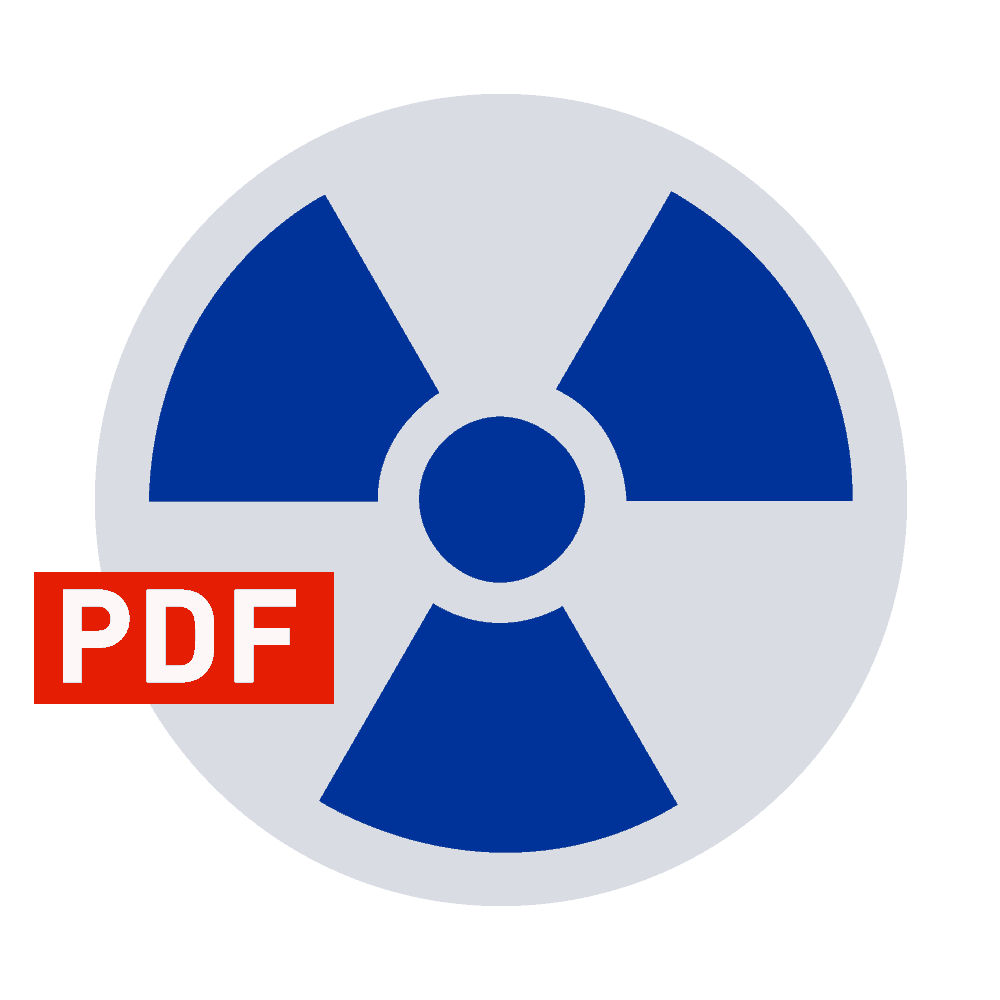Digital preservation with PDF archiving (PDF/A)
Companies are confronted with countless documents, such as PDFs in different variants. If these are archived in their original format, there is a danger that they will no longer be legible after many years. Therefore, electronic archiving requires consistent conversion into a stable format that ensures long-term reproducibility and readability. PDF/A as ISO standard is the first choice for PDF archiving. Although the use of PDF/A is not mandatory, the file format has established itself worldwide as the standard for long-term digital preservation. All information necessary for displaying the documents in the same way every time is embedded in the PDF file. PDFreactor supports the creation of PDF/A files for easy and long-lasting archiving of PDF files.
Many companies and government organizations trust PDFreactor for the conversion from HTML to PDF/A conformant documents and the digital archiving of their data.


